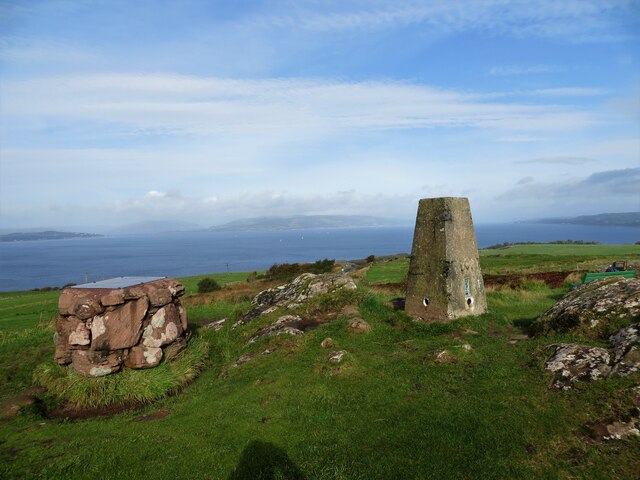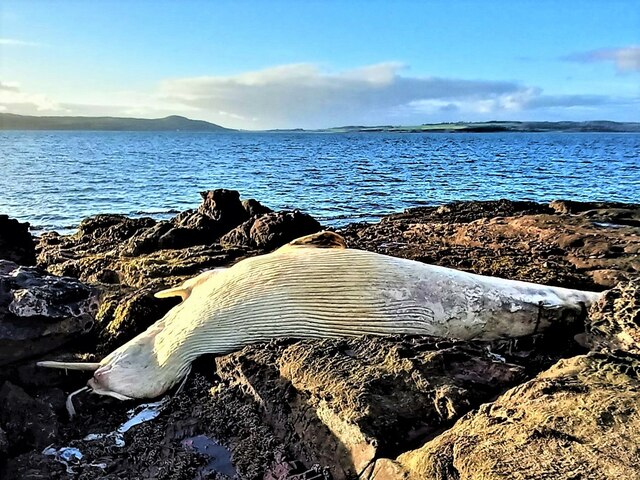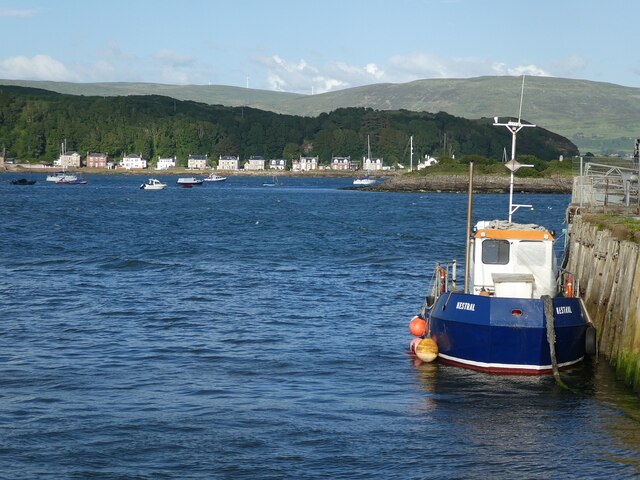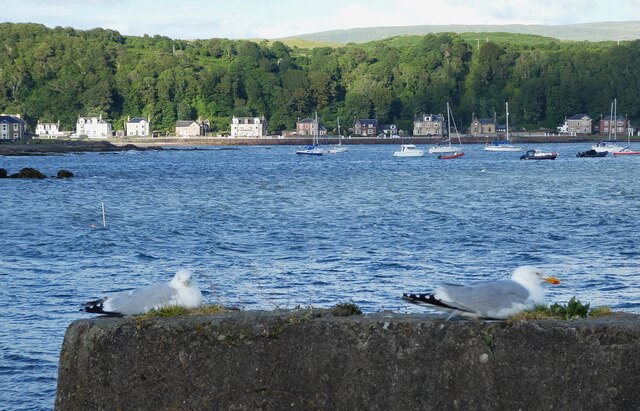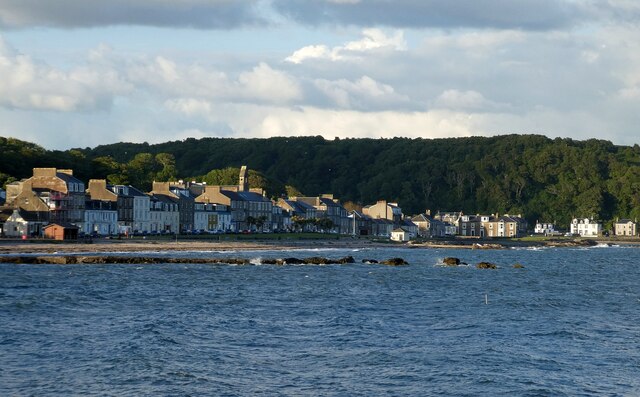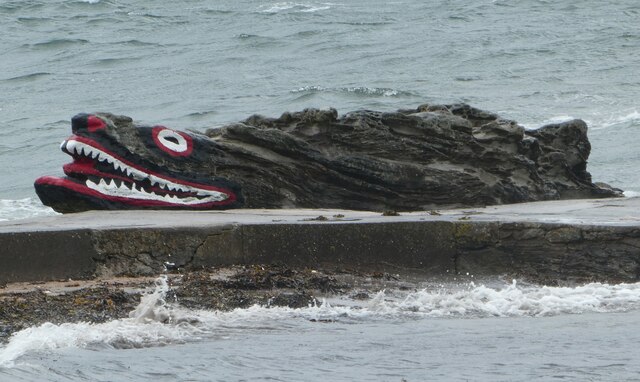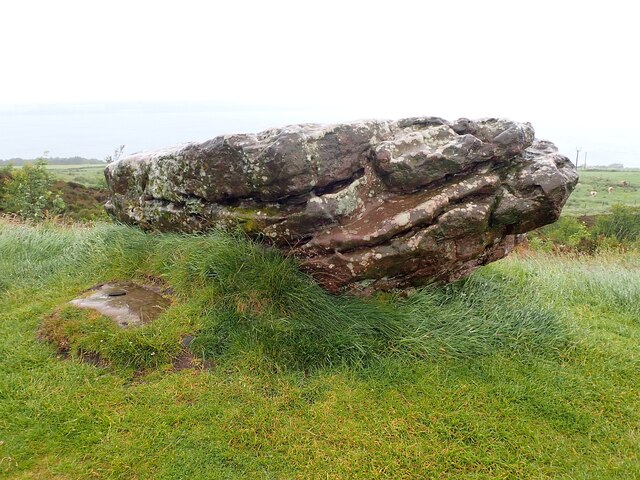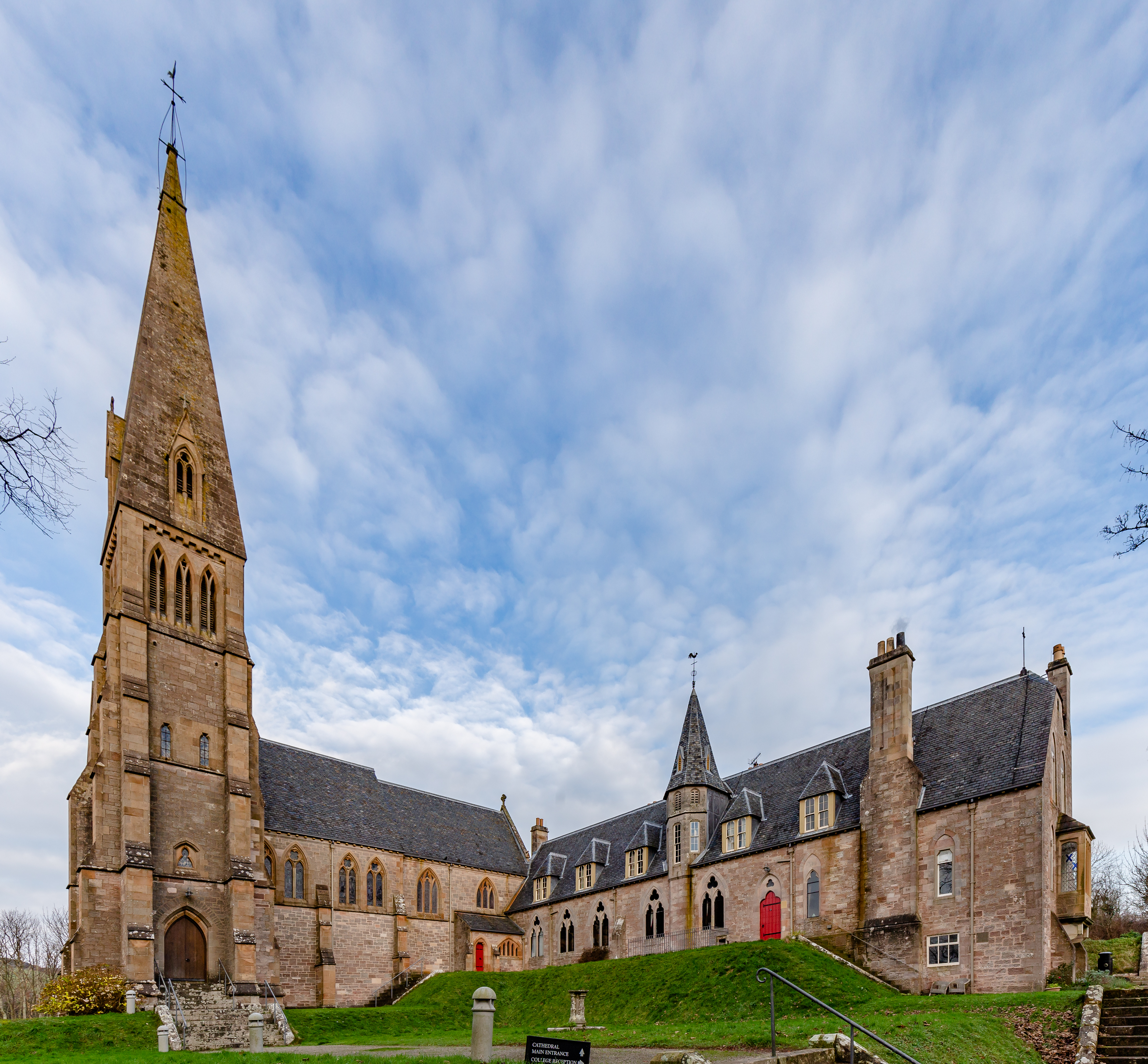Deadman's Bay
Bay in Buteshire
Scotland
Deadman's Bay
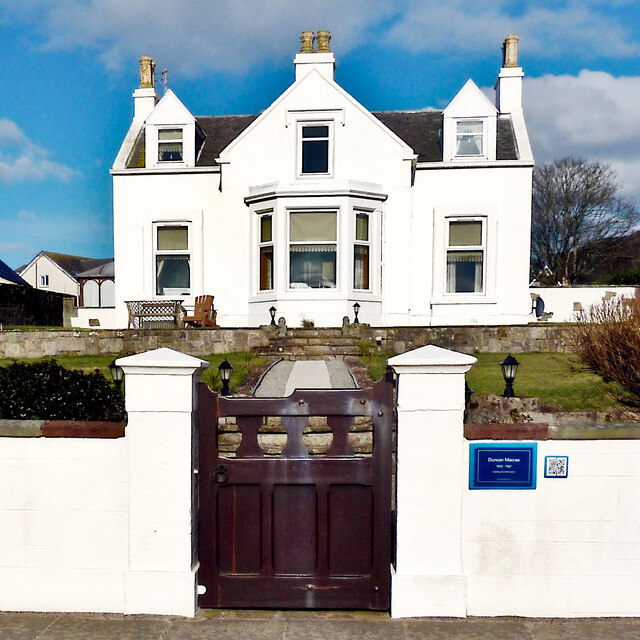
Deadman's Bay is a picturesque bay located in the region of Buteshire, Scotland. Nestled on the western coast of the Isle of Bute, it is renowned for its natural beauty and serene atmosphere. The bay stretches along a rugged coastline, offering stunning views of the surrounding landscape.
Surrounded by rolling hills and verdant greenery, Deadman's Bay is a haven for nature enthusiasts. Its tranquil waters are a popular spot for sailing, kayaking, and fishing. The bay also serves as a gateway to exploring the diverse marine life of the area, with opportunities for snorkeling and scuba diving.
The bay derives its name from an intriguing local legend. According to folklore, the bay was once a hiding place for smugglers who would lure passing ships towards the treacherous rocks, resulting in numerous shipwrecks. Though the origin of the name remains uncertain, it adds an air of mystery and allure to the bay's history.
Visitors to Deadman's Bay can enjoy a leisurely stroll along the sandy beach, taking in breathtaking views of the Isle of Arran across the water. The bay is also home to a variety of seabirds and wildlife, making it a popular spot for birdwatching and nature photography.
With its tranquil atmosphere, stunning scenery, and rich history, Deadman's Bay is a must-visit destination for those seeking a peaceful retreat in the heart of Buteshire. Whether exploring the coast or simply unwinding on the beach, visitors are sure to be captivated by the natural beauty of this enchanting bay.
If you have any feedback on the listing, please let us know in the comments section below.
Deadman's Bay Images
Images are sourced within 2km of 55.762977/-4.9447766 or Grid Reference NS1556. Thanks to Geograph Open Source API. All images are credited.

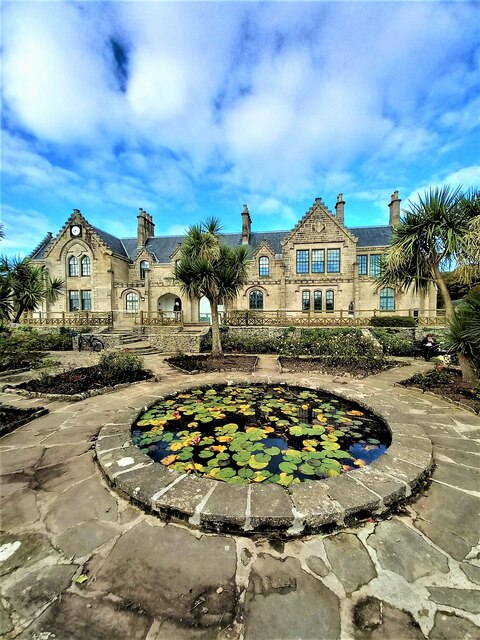
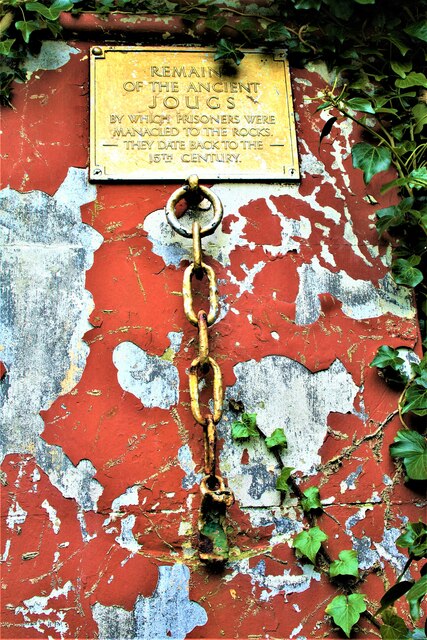
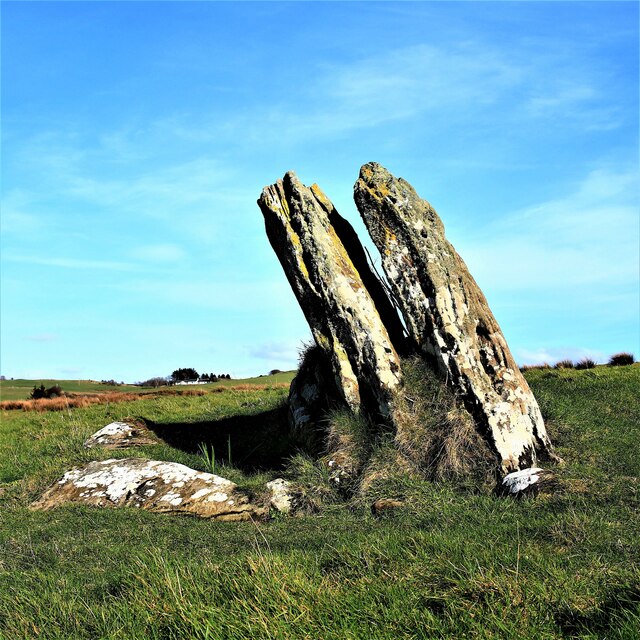
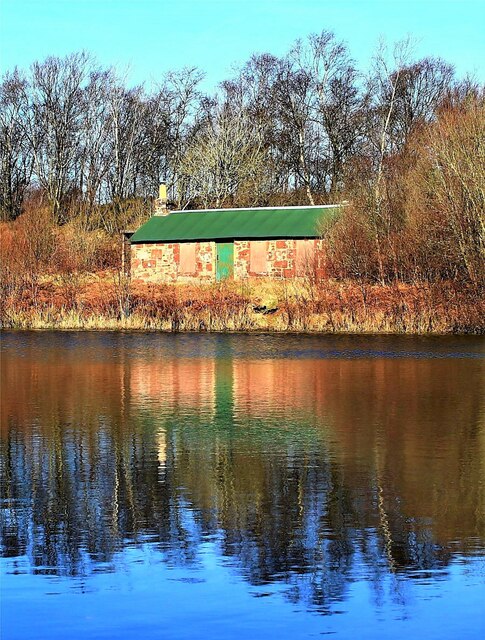
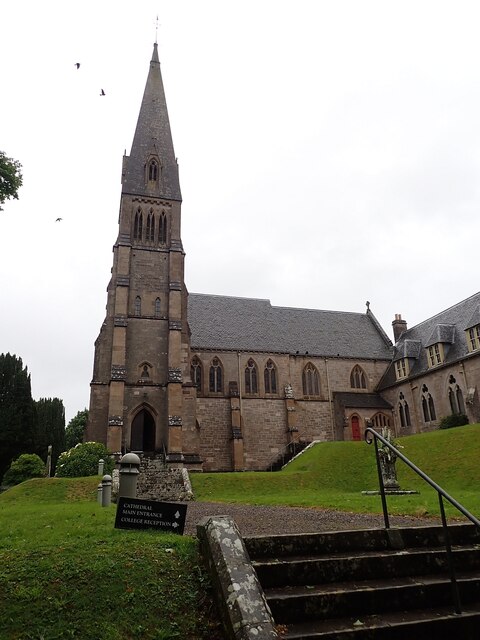
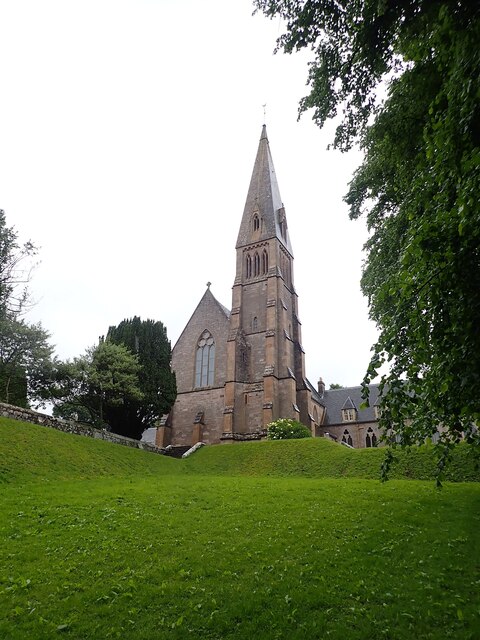
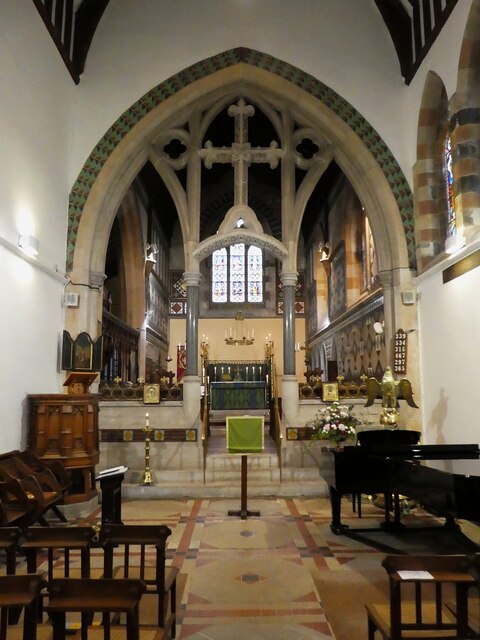
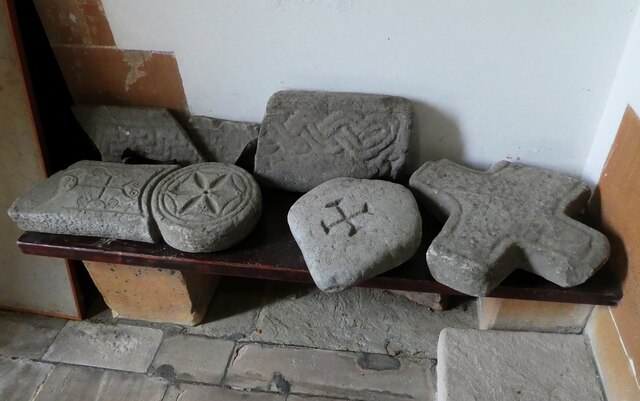
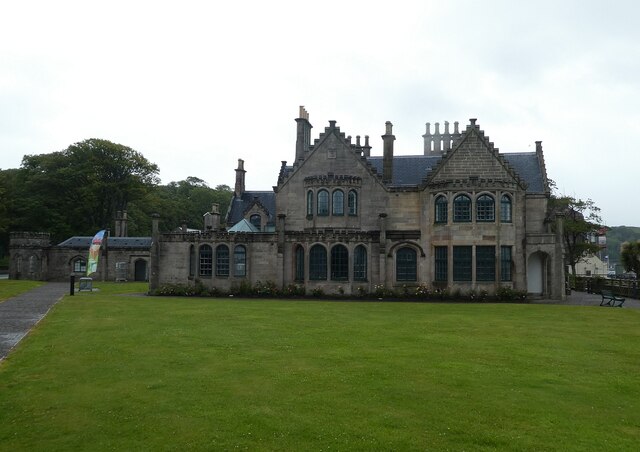
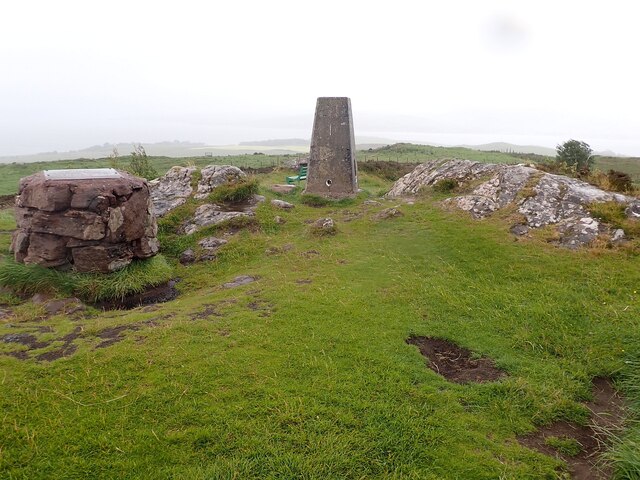
Deadman's Bay is located at Grid Ref: NS1556 (Lat: 55.762977, Lng: -4.9447766)
Unitary Authority: North Ayrshire
Police Authority: Ayrshire
What 3 Words
///prance.uppermost.dwell. Near Millport, North Ayrshire
Nearby Locations
Related Wikis
Lady Margaret Hospital
Lady Margaret Hospital is a small 10-bedded hospital at Millport on Great Cumbrae in North Ayrshire, Scotland. It is managed by NHS Ayrshire and Arran...
Millport Town Hall
Millport Town Hall is a municipal building in Clifton Street, Millport, North Ayrshire, Scotland. The structure is used as a community events centre....
Cathedral of The Isles
The Cathedral of the Isles and Collegiate Church of the Holy Spirit is a Category A listed cathedral of the Scottish Episcopal Church in the town of Millport...
Millport, Great Cumbrae
Millport (Scottish Gaelic: Port a' Mhuilinn) is the only town on the island of Great Cumbrae in the Firth of Clyde off the coast of mainland Scotland,...
Nearby Amenities
Located within 500m of 55.762977,-4.9447766Have you been to Deadman's Bay?
Leave your review of Deadman's Bay below (or comments, questions and feedback).
